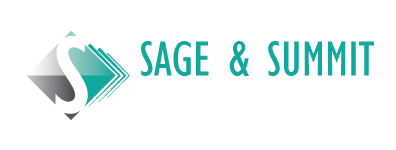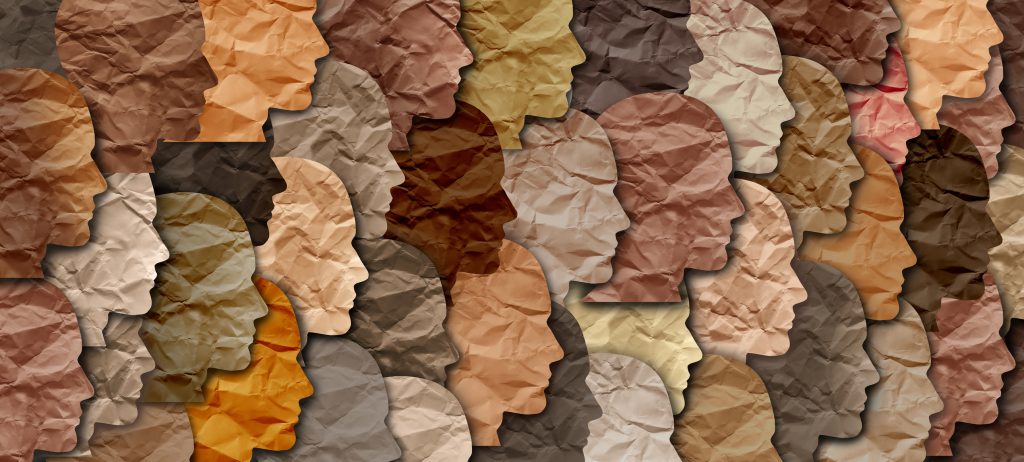Have you thought about switching your organization to agile? Organizations that are agile and have been able to adapt have survived, and in many cases thrived, over the past volatile year by identifying and quickly adapting to new opportunities.
If you are considering the switch to agile, you’re not alone, in McKinsey’s article, “Doing vs being: Practical lessons on building an agile culture” they note that 70% of survey respondents are transforming to agile.
The shift to agile is a challenging one, but putting in processes, systems and technology are arguably the most straight forward of the requirements. With plenty of supporting information and well-designed collaboration and development software available, the agile building blocks can be put in place with confidence in a manageable time frame. Creating and sustaining an agile culture however, is a more difficult task.

As with all things cultural, an agile culture means that the decisions and actions taken every day need to support agility. Culture is all encompassing, so everything that goes on in your organization impacts culture, and misalignments stick out like sore thumbs, typically with over weighted significance on impeding progress.
There are two initial considerations to support a transition to agile. First is that the organization’s Mission, Vision and Values must support an agile organization, and the dynamics required for agile. Any misalignment here will be exposed quickly given the rapid pace of communication and change required for agile execution. Second is that the transition needs to start in the heart and minds of the organization’s leaders. Our mantra at Sage & Summit of Inward-Outward-Forward applies here as the mindset of the leader(s) need to fully embrace the journey towards agile before the leaders can lead their teams, and before the organization can take on strategies that support agile. This is a linear progression, and the mindset element needs to lead.
Two considerations relating to the Outward portion of the journey that support agile are diversity and relational leadership. First, given the dynamic nature of agile and its continuous requirement for innovation, organizations that embrace diversity will have a higher success rate of agile implementation than those that are more homogeneous. Diversity of perspectives and ideas, when fully embraced with the right structure, processes and culture, can lead organizations to a new level of ingenuity and ultimately agile execution. Second, a command-and-control organization can not reasonably support diversity as they are at opposite ends of the spectrum with diversity supporting innovation and quick action, and command-and-control designed for a singular focus. Therefore, organizations that practice a relational leadership style that supports empowerment, transparency and trust can better support a diverse culture, and ultimately provide a key element for success as an agile organization.
Finally, the Outward support element that needs to be in place for agile organizations is a dynamic strategic framework that supports real-time adjustment of the corporation’s strategy when external or internal factorsdemand a shift. A dynamic strategic framework like Sage & Summit’s Infinite StrategyTM is not independent of agile, but rather is a core framework to make agile work. The strategy framework is a tool rather than a cultural element, but it can not succeed without a culture that supports real-time analysis and quick distributed decision making as noted above.
In Greg Besner’s “The Culture Quotient”, he provides 4 areas to focus on to improve the success of your agile transition.
- Normalize Ambiguity: Accept change and unpredictability and ensure that your team feels comfortable and grounded with change.
- Embrace Agile Mindsets: Ryan Gottfredson in his book, Viewpoint: How to Develop an Agile Workforce”, proposes three mindsets to support agility that also align with the Inward-Outward-Forward journey framework:
- Growth Mindset supports the belief that one can improve and develop personal abilities.
- Open Mindset ensures an ability to listen and consider other perspectives.
- Promotional or proactive mindset ensures a focus on improving and advancing versus “not losing”.
- Prepare Employees for the future through learning and development: Invest in continuous training to ensure your team members are well trained for their roles today and as they change with the organization, and their own career paths.
- Continuously Monitor and Respond: Collect employee feedback on your culture, and create a standard of a retrospective after each project. Create an HR dashboard to support continuous culture adjustment to support the agility required by the organization.
When developing your agile transition plan, communication is critical, as it is for any project. Therefore, developing and implementing a communication plan is a requirement for success. For internal communications, what seems like over communication for the leadership team may still be under communicating for other team members. Remember the leadership team has contemplated and discussed the ideas to a much greater extent and a longer time than other team members who have just received the initial messaging. Consider all potential stakeholders in your communication plan. This includes customers and suppliers. Keeping these groups engaged will likely solicit important input that could affect how your structure both your transition and your ongoing operations. Communicating with outside groups, at the appropriate time, is also an opportunity to let them know that your organization is dynamic, a firm that they can look to for leadership. Excitement around your agile program doesn’t need to be kept an internal secret.
The agile transition is significant and therefore will lead to some team members dealing with major work process changes, and inevitably experiencing important emotional reactions to the change. Creating an employee journey map can be a useful process to ensure that employee’s needs, thoughts and emotions can be positively dealt with through the implementation process. The journey map can also be expanded to understand how to best maintain a culture that sustainably supports an agile organization – think of this work like keeping a customer (read employee) for life.
Culture really is the all-encompassing aspect of an organization. Major initiatives like switching to an agile organization ultimately will need more time and resources put towards cultural development than will be put towards tools and processes. Follow the Inward-Outward-Forward journey, keeping a people first approach and your move to agile will deliver everything you expect.

